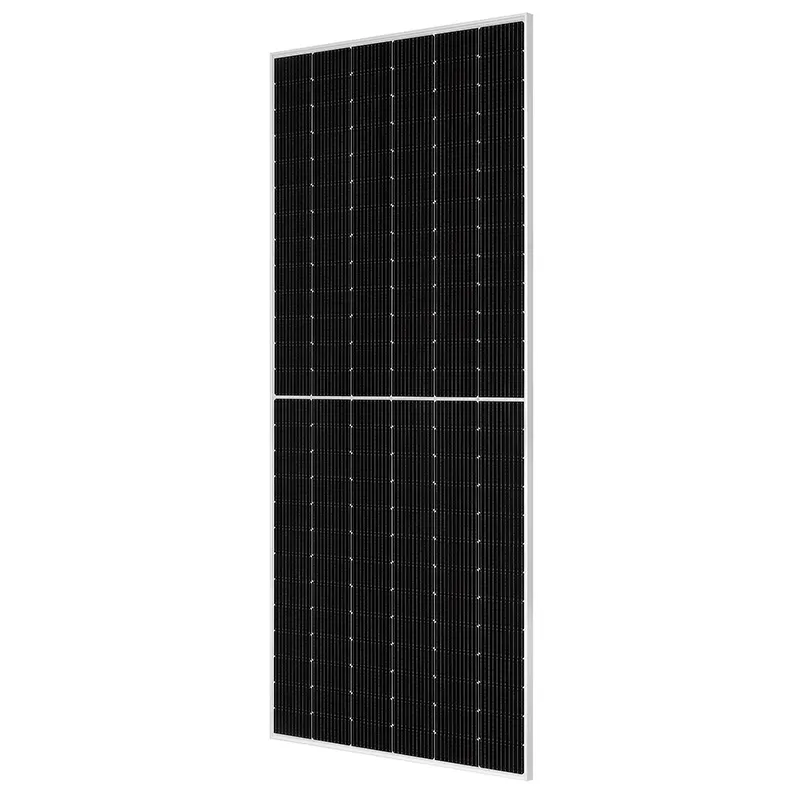calculate number of solar panels
Calculating the Number of Solar Panels Needed for Your Home
As the world shifts towards renewable energy sources, solar power has emerged as a leading option for homeowners looking to reduce their carbon footprint and energy bills. However, a common question arises how do you calculate the number of solar panels needed for your home? This guide will break down the essential factors and steps required to determine the right number of panels for your energy needs.
Understanding Your Energy Consumption
The first step in calculating the number of solar panels you need is to assess your household's energy consumption. This information is typically found on your electricity bill, which lists your monthly usage in kilowatt-hours (kWh). Take note of your average monthly consumption, as this will serve as the basis for your calculations. It’s beneficial to look at your usage over the past year to account for seasonal variations.
Determining Peak Sunlight Hours
Next, you’ll need to understand the average peak sunlight hours your location receives. Peak sunlight hours refer to the time during the day when sunlight is strong enough to generate solar energy efficiently. This varies significantly based on geographic location, time of year, and weather conditions. For most regions, you can expect anywhere from 4 to 7 hours of peak sunlight per day. You can find this information through local weather services or solar energy websites.
Panel Efficiency and Output
Solar panels come in various sizes and efficiencies. On average, a standard solar panel can produce around 250 to 400 watts under ideal conditions. To calculate this, you should determine the wattage output of the panels you are considering. Multiply the wattage by the number of peak sunlight hours your area receives to estimate daily energy production from one panel. For instance, if you have a 300-watt panel in an area with 5 peak sunlight hours, it can theoretically generate 1.5 kWh per day.
calculate number of solar panels

Calculating the Number of Panels
Now that you have your average monthly energy consumption, peak sunlight hours, and panel output, it’s time to calculate the number of solar panels needed
. Use the following formula1. Calculate your monthly energy consumption in kWh. 2. Determine the daily energy consumption by dividing the monthly figure by 30. 3. Divide this daily consumption by the daily output of a single panel.
For example, if your home consumes 900 kWh per month - Daily consumption = 900 kWh / 30 days = 30 kWh per day. - For a panel that produces 1.5 kWh per day - Number of panels needed = 30 kWh / 1.5 kWh = 20 panels.
Allow for Future Needs
It’s wise to consider future energy needs or potential additions, such as electric vehicle charging or home expansions. A buffer of one or two additional panels may be beneficial as energy demands increase.
Conclusion
Calculating the number of solar panels needed for your home can seem daunting, but breaking it down into manageable steps makes the process straightforward. By understanding your energy consumption, local sunlight availability, and panel efficiency, you can make an informed decision that aligns with your energy needs. Transitioning to solar is not only a step towards sustainability but also a smart financial investment for your household.
-
Unlocking Energy Freedom with the Off Grid Solar InverterNewsJun.06,2025
-
Unlock More Solar Power with a High-Efficiency Bifacial Solar PanelNewsJun.06,2025
-
Power Your Future with High-Efficiency Monocrystalline Solar PanelsNewsJun.06,2025
-
Next-Gen Solar Power Starts with Micro Solar InvertersNewsJun.06,2025
-
Harnessing Peak Efficiency with the On Grid Solar InverterNewsJun.06,2025
-
Discover Unmatched Efficiency with the Latest String Solar InverterNewsJun.06,2025







